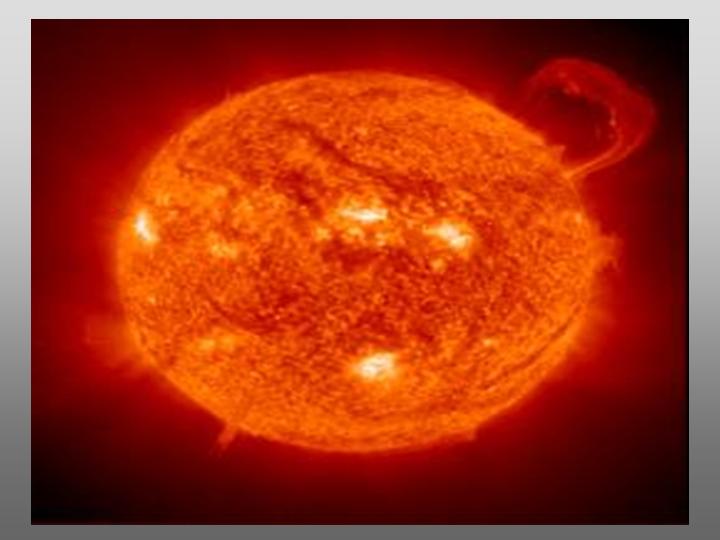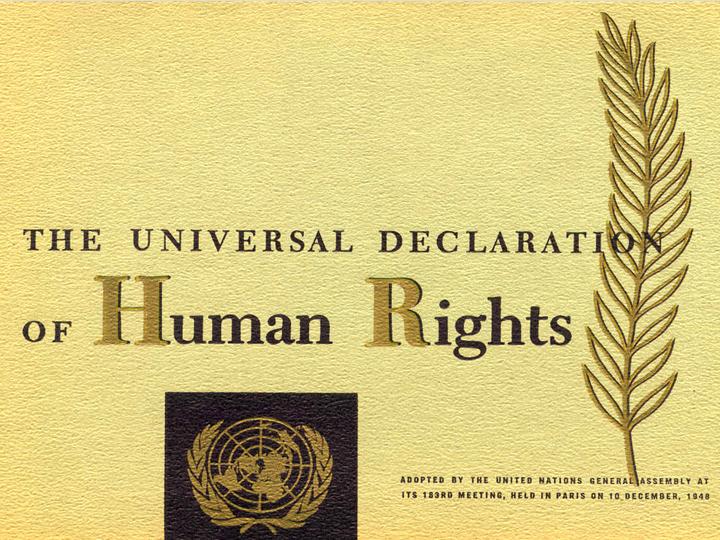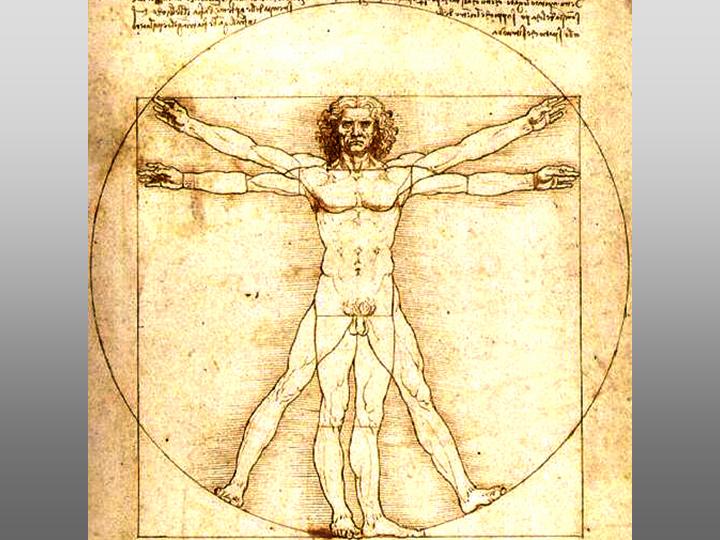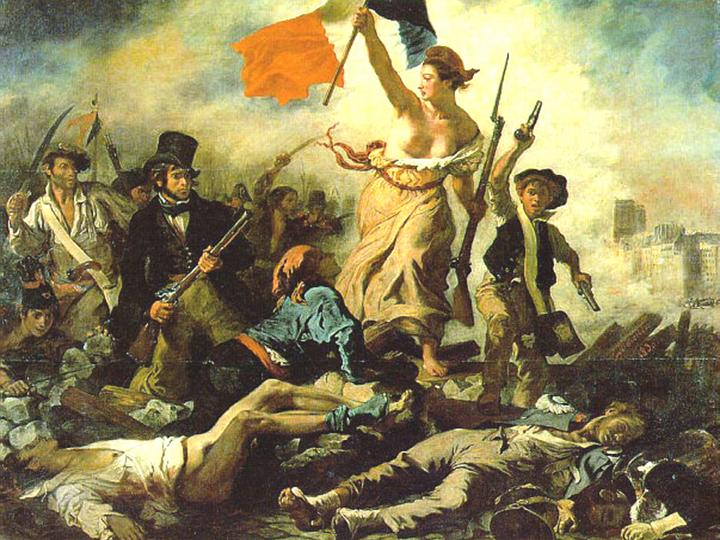Home
 10 Pillars 10 Pillars  Map Map  Tree Tree
 Rationale Rationale
 Forum Forum
 About About
 Terms Terms
 Contact Contact
|
Search
top academic & professional resources |
||||||||||||||||||||||||||||||||||||||||
 Natural Hazards |
Loading
|
||||||||||||||||||||||||||||||||||||||||
|
|||||||||||||||||||||||||||||||||||||||||
Natural hazards is
an umbrella name for interrelated fields explore efficient ways to control the devastating power of nature and to withstand natural catastrophes. (C. Zins,
2011).
 ©
©
 Environmental philosophy*
Environmental philosophy*2. Geological Hazards
 ...
...3. Hydrological Hazards
 ...
...4. Climatic & Atmospheric Hazards
 ...
...5. Wildfire Hazards
 ...
...Post your proposed structure!

The relations between humans and the earth can best be described in terms of use, abuse and control. Humans use the earth, abuse it, or try to control its devastating powers, and face their devastating effects (C. Zins, 2011).

Types of natural hazards.
Natural hazards is an interdisciplinary field; among the main hazards
it covers are geological hazards (avalanches, earthquakes, landslides
and mudflows, sinkholes, and volcanic eruptions), hydrological hazards
(floods and tsunamis), climatic and atmospheric hazards (blizzards
(winter storms), droughts, hailstorms (storms of frozen rain), heat
waves, cyclonic storms (hurricanes), ice storms, andtornados), and wildfire hazards.. (C. Zins,
2011).
Post your comments on the conception and structure of the field!
| 中 文 English Français Deutsch עברית 日 本語 नेपाली Polski Português Română русский Српски Español More.... |
a must for your library
Chaim Zins, Knowledge Mapping Research, 26 Hahaganah St. Jerusalem, 97852 tel: 972-2-5816705 chaim.zins@gmail.com









